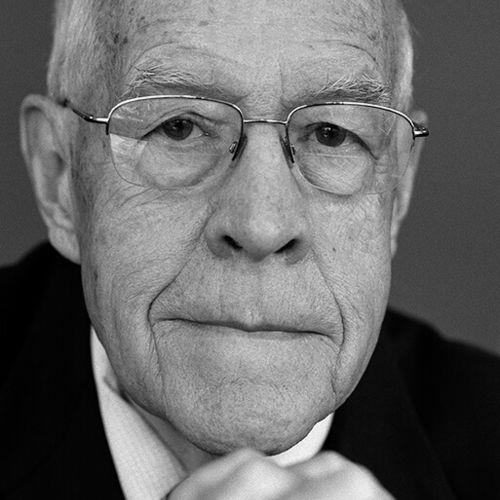Lecture: What Makes the Illusion Work? Studies in Effective Immersive Virtual Environments
Frederick Brooks
Abstract:
A virtual environment (VE) is a technological display to the senses that undertakes to make the user believe (to some degree) and behave as if he is present elsewhere. The vision, proposed by Sutherland in 1965, has driven a half-century of research and development, some at Chapel Hill. A major scientific challenge is how to measure the effectiveness of a VE system, the degree to which it causes the user to behave as if the illusion is real.
We have pursued many measurement methods, arriving finally at physiological measurement of subconscious user responses, a measure that is objective, valid, quantitative, and contemporaneous. Our parameter studies of VE systems show, among other things, that system latency is a major factor, whereas the quality of illumination simulation has little effect. Display to the senses of feel, added to visual and aural, also makes a substantial difference.
